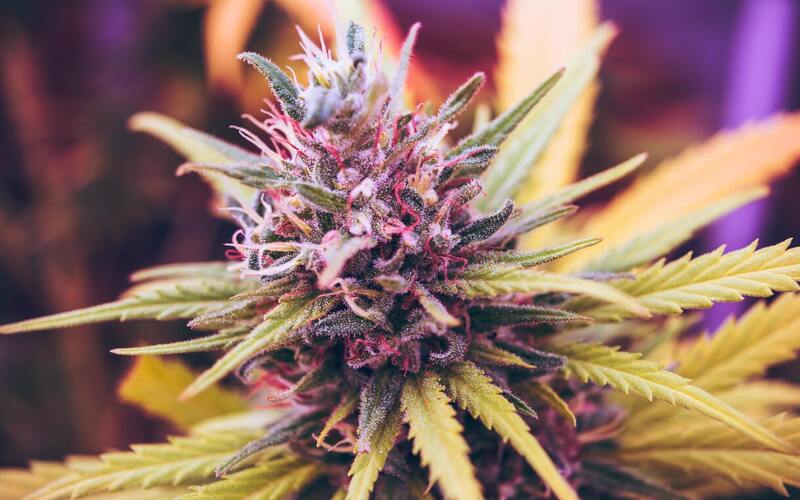It may seem commonplace to just walk into a store and buy marijuana today, but it used to be so much different — and so was the weed.
The marijuana market didn’t have companies with reward programs and logo-smattered merch — it was a sketchy dude named something like “8-Ball” or “Yo-Yo.” If you were lucky he had two options. Likely there would be something cheap from Mexico, and something somewhat better, likely from Colombia.
Nearly all marijuana had some seeds and stems, and it wasn’t a catastrophe. It’s just how it came. It wasn’t even in grams — you likely bought lids, quarter bags, or “finger” bags (two-finger, three-finger, etc.)
The strains in that era were likely crosses as well, but they came from the ground that way. A landrace strain is a strain found in the wild, growing without the intrusions of man. Plants pollinate in the wild all the time, so they were breeding for centuries before they were ever discovered.
Essentially, landrace strains are the building blocks for the cannabis grown today — and there are still countless more to be discovered in the wild.
Many of those great strains of the 1960s and 1970s are gone forever, but some are still around in various forms.
Essentially, there are four things to look out for if you’re thinking about growing landrace strains or even some classic crosses.
How Were the Seeds Created?
There are a lot of discrepancies in the seed world, particularly among old landrace strains. Do some serious research at this stage.
Above all, you have to know the origin of the seeds. Are they original seeds from the actual plant? Are they a quality clone? Or did they just reverse engineer the effects and come up with something close to the original — then call it whatever they wanted. The latter happens more than you might expect — and it’s fine, so long as the vendor is clear about its origin.
More reputable dealers in such vintage seeds are typically quite open about how they got them.
Original seeds or a direct clone of an actual plant are the ideal method.
Where Does the Strain Originate?
Understanding the origin of a strain is paramount to capturing the desired effects. A strain that grew well in Afghanistan might not find ideal conditions in Washington state, for example.
Eybna is a technology company and terpene manufacturer, with a line of formulations focused specifically on reproducing the classic terpene profiles from some of these very strains. The company produces a variety of terpene solutions that can be applied to plants or manufactured products like inhalables, digestibles, and topicals. Their Enhancer terpene formulations were created based on genetic research into the original phytochemical makeup of three legacy strains. The “Diesel”, “Skunk” and “Kush” terpene formulations give your existing bud or distillate product more of a classic feel by capturing some of those lost or diluted effects from the past.
Nadav Eyal, co-founder and CEO of Eybna, has spent years researching classic strains.
“If you want to preserve the original taste, smell and effect of the original wildtype plant, you have to watch the climate,” Eyal said in a recent interview with Cannabis & Tech Today. “Being able to match the strain to its original climate is crucial to properly recreating the bud.”
He stressed if you want to truly experience a strain like Acapulco Gold, you need to find a way to recreate the environment in which it first grew. Watch your temperatures, humidity, and try to make your light cycles match what it would have been throughout a natural grow.
“Because of the places they were grown, they were able to develop and compound on their own,” Eyal said. “And they’re different from place to place.”
Timers, fans, quality lights, and even humidifiers can handle most of the work. Of course, you can spend as much as you wish to get it spot-on.
An Outdoor Grow May Be Best
While most landrace strains can thrive in an indoor grow room, it’s not necessarily the best course of action.
An anonymous representative from Old School Breeders Association has worked on many classic strains.
“Growers may want to let these strains grow out to their full stature. For example, just a few large plants per light, especially when grown from seed,” the OSBA representative said. “Clones of landrace cannabis genetics may finish a little faster and tighter than their seed parent — so select the phenotypes that work for your grow room for best results.”
He also stresses against just growing and forgetting. If something turns out to be great, you’re going to want to go back to it.
“Although you may pick a favorite that’s most suitable for your modern growing style, it may be worthwhile to keep clones of the others and occasionally grow them out,” the OSBA rep said. “You may find some that have natural resistance to common crop problems that your modern cannabis genetics do not.”
Shop From Reputable Dealers
There are a lot of seed banks and dispensaries in this world. While most are honest, hard-working cannabis lovers, some are not so honest. Do some research before ordering and see how other customers feel about their past orders.
Essentially, there is no way to tell by looking at a seed what strain from which it originates. As a result, this almost entirely comes down to trusting the seller. Sellers who have legitimate landrace strains are generally quite excited about them and happy to tell you everything you need to know.
“Besides having strains you want, the most certain way to qualify a seed supplier is the number of years they have been delivering seeds to their customers,” the Old School Breeders Association representative said. “There have been countless seed companies that have come and gone for a variety of reasons. If a company has been around for over ten years, it’s a pretty safe bet they have the means and intent to stay around at least that much longer.”
He is quick to remind, however, that everyone has to start somewhere. He also suggests doing a search of social media to see if growers buying their products are satisfied.
“Another quick and effective way to weed out the frauds is just to pick up the phone and give them a call,” they said. “Do they answer right away and are they able to answer your questions? Don’t hesitate to pick up a phone or send an email before your order. People do it every day, and it’s the best way to ensure you are happy with your purchase.”
Where Are They Now?
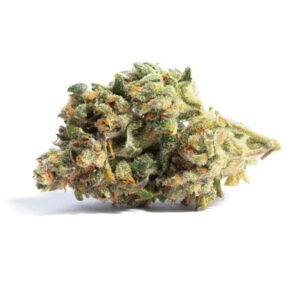
Acapulco Gold
Origin: Acapulco region of Mexico
S/H/I: Sativa
Effects: Happy, Uplifted, Energetic
Available from: Barney’s Farm
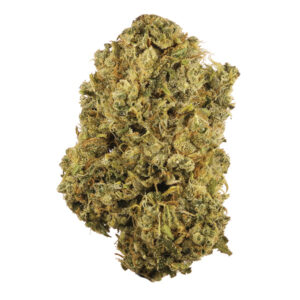
Durban Poison
Origin: Durban, South Africa
S/H/I: Sativa
Effects: Energetic, Uplifting, Creativity
Available from: Dutch Passion

Afghani
Origin: Afghanistan
S/H/I: Indica
Effects: Relaxation, Euphoria, Sleepy
Available from: Sensi Seeds
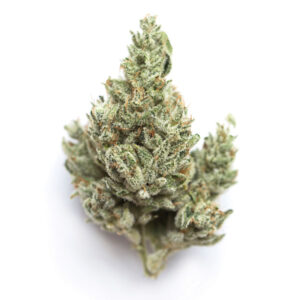
Thai
Origin: Thailand
S/H/I: Sativa
Effects: Happy, Focused, Energetic
Available from: The Real Seed Company has a variety of rare seeds from Thailand, but it is largely believed that original Thai is forever lost. However, with many landrace strains from the region, this is your best chance to get close.
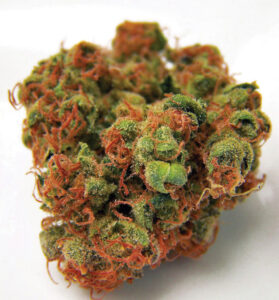
Panama Red
Origin: Panama
S/H/I: Sativa
Effects: Happy, Uplifted, Talkative
Available from: Ace Seeds sells a feminized version adapted to withstand modern growing situations. They also have a close replica made from a blend of three similar sativas from Panama.
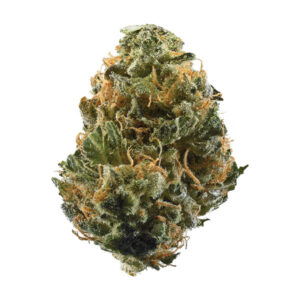
Original Haze
Origin: Santa Cruz, Calif.
S/H/I: Sativa
Effects: Happy, Uplifted, Energetic
Available from: Flying Dutchmen
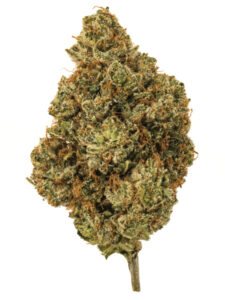
OG Kush
Origin: California
S/H/I: Indica
Effects: Happy, Relaxed, Hungry
Available from: Old School Breeders Association

Malawi / Malawi Gold
Origin: Southeast Africa
S/H/I: Sativa
Effects: Energetic, Uplifted, Creative
Available from: Many places out of stock, but Old School Breeders Association has a Malawi Gold x Thai cross that is highly regarded.
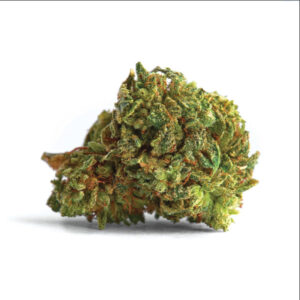
Mazar-I-Sharif
Origin: Northern Afghanistan
S/H/I: Indica
Effects: Very Relaxing, Euphoric
Available from: The Real Seed Company

Skunk
Origin: Most likely believed to be Bay Area breeders in the late 1970s
S/H/I: Hybrid
Effects: Happy, Euphoric, Hungry
Available from: Skunk #1 is likely the closest. Available from Sacred Seed Co., this is a cross of multiple classic genetics (Afghani, Acapulco Gold, Colombian Gold) and may be as close as one can get today to original Skunk.
*The above information regarding classic strains includes some estimation. As much as could be verified, was, but there is minimal documentation or “proof” available. Special thanks to the teams at Old School Breeders Association and Eybna for their help in compiling the information.
This feature first appeared in the fall 2021 issue of Cannabis & Tech Today. Read the full issue here.
Author
-
Corey Noles is the Digital Editor for Cannabis & Tech Today. In more than two decades as a journalist, he has covered crime, MLB, business, healthcare, politics and anything else that can snag a headline.

